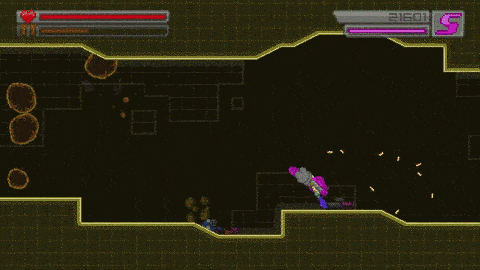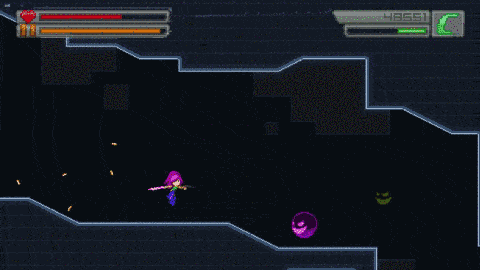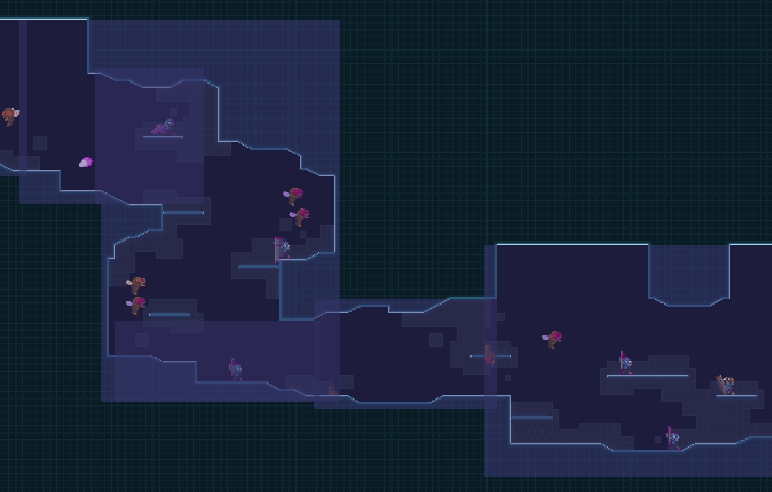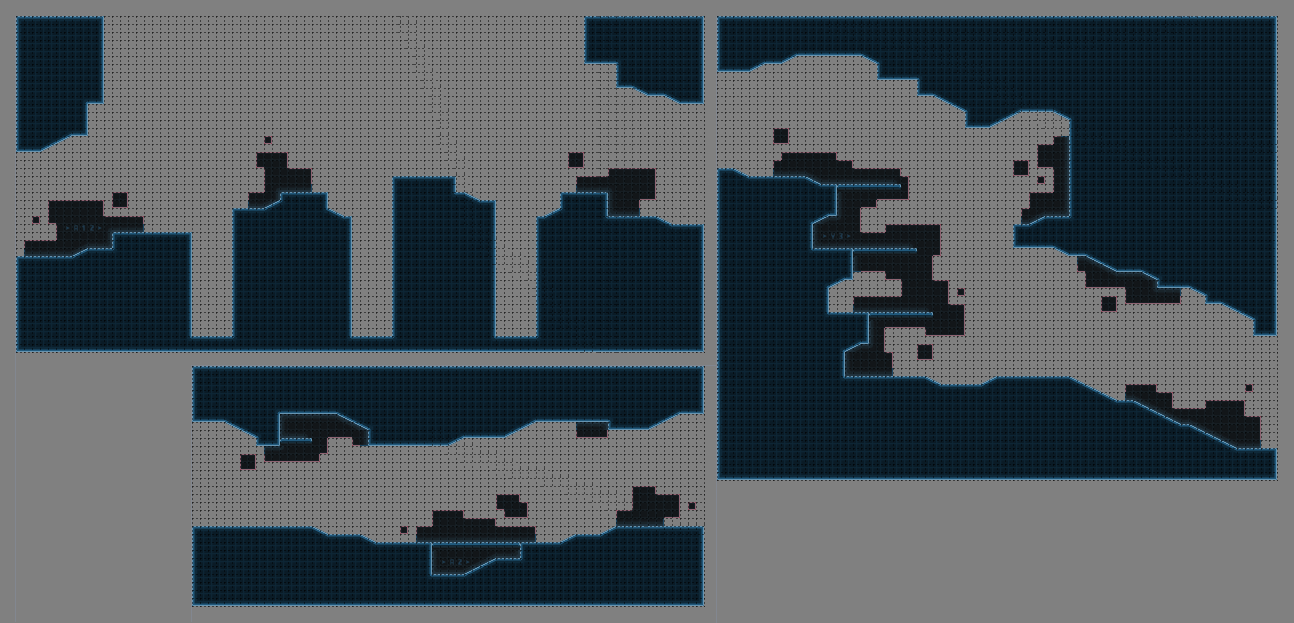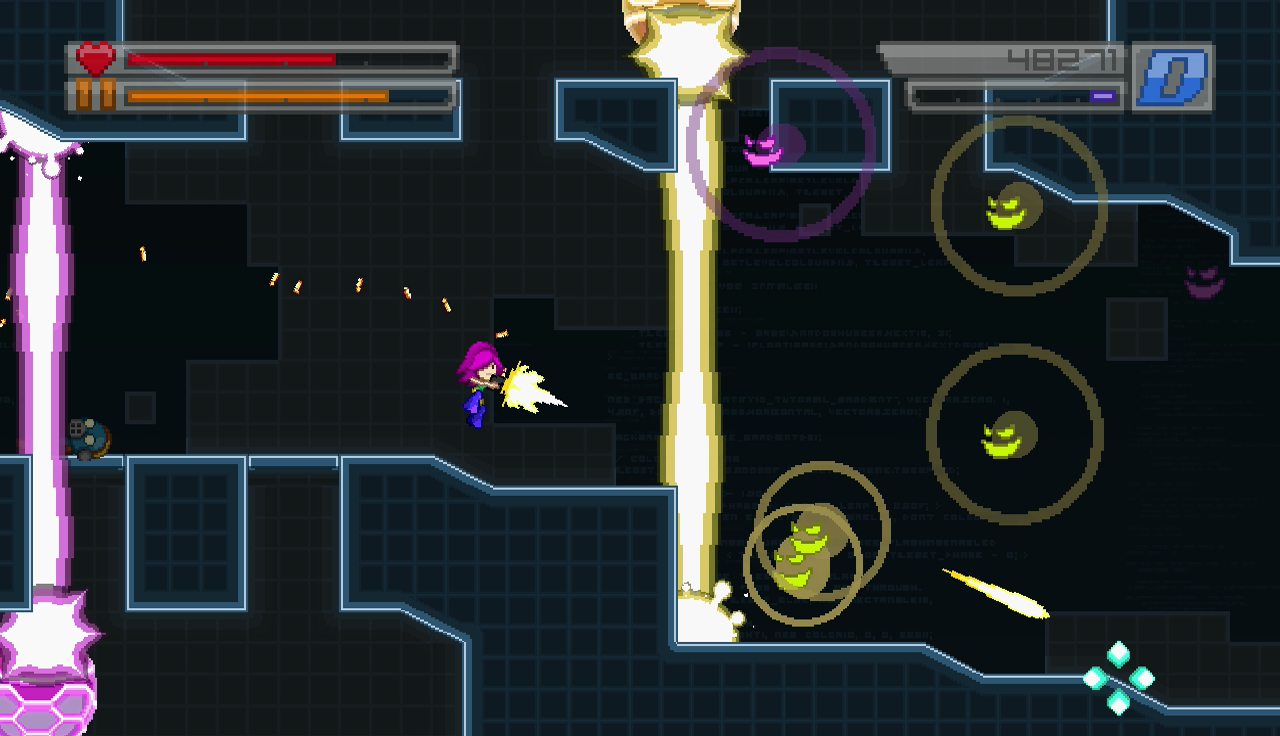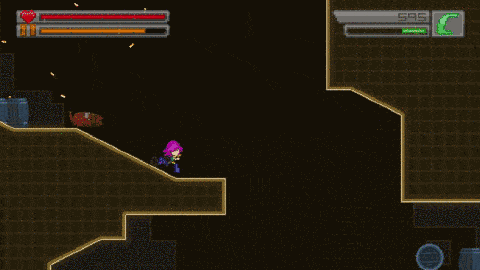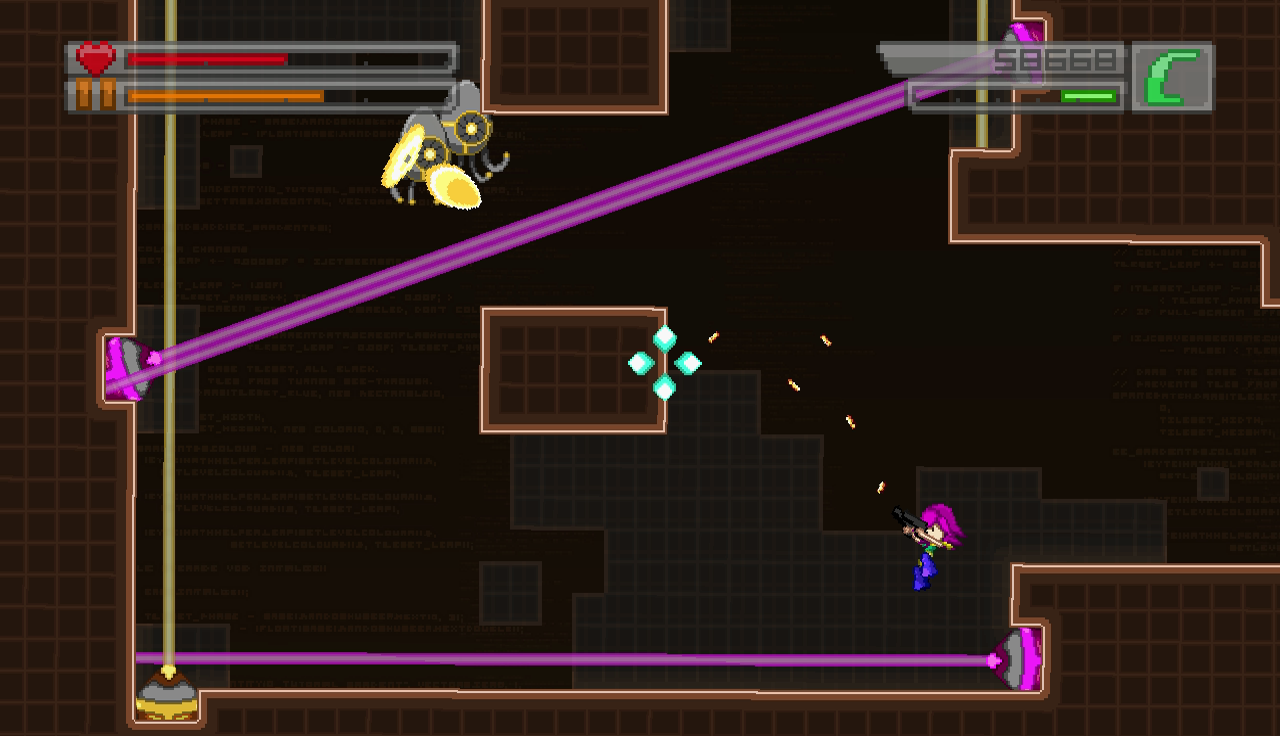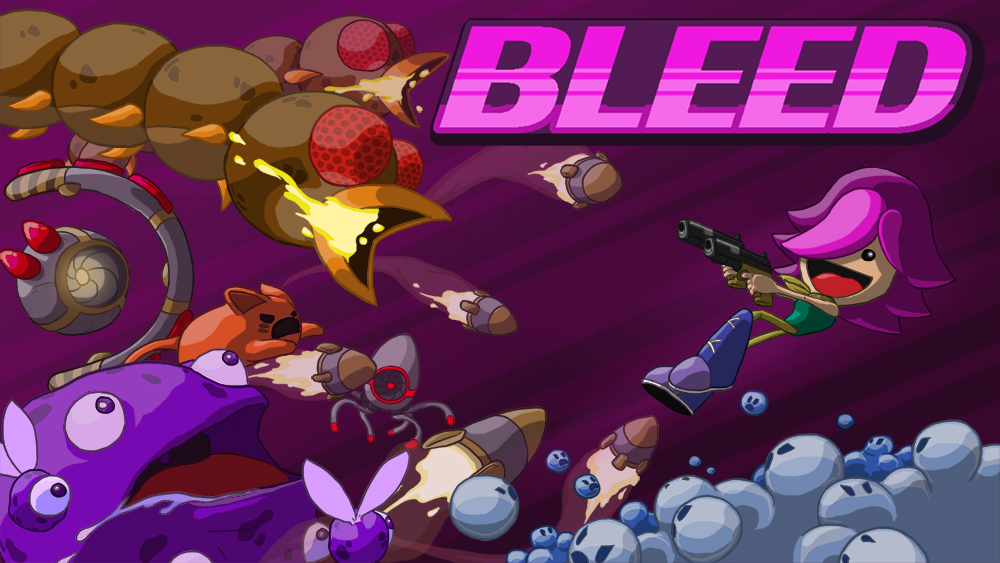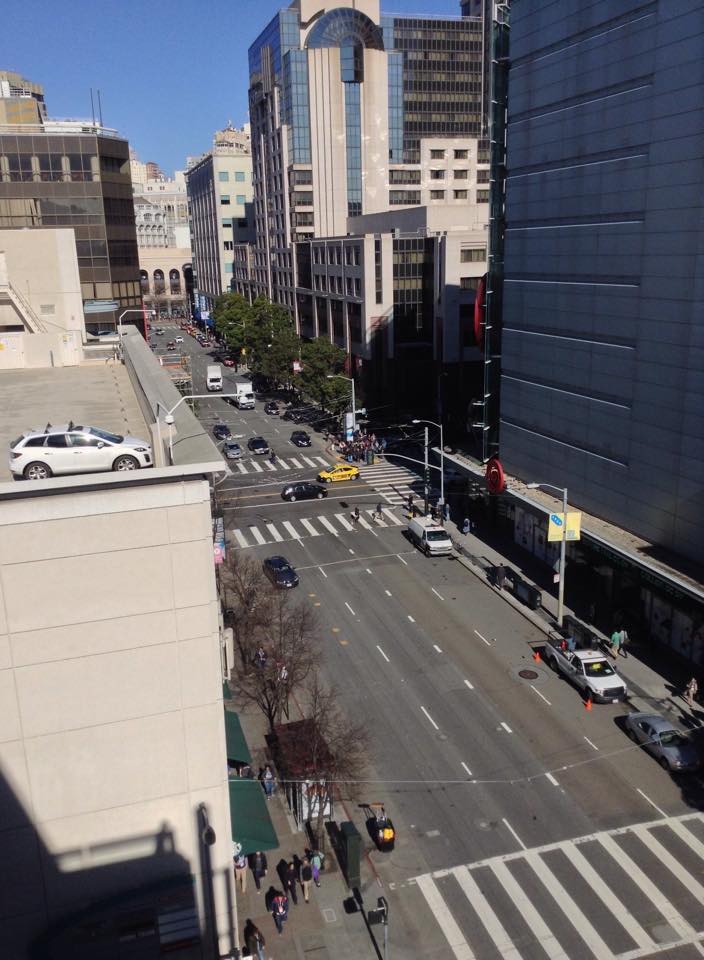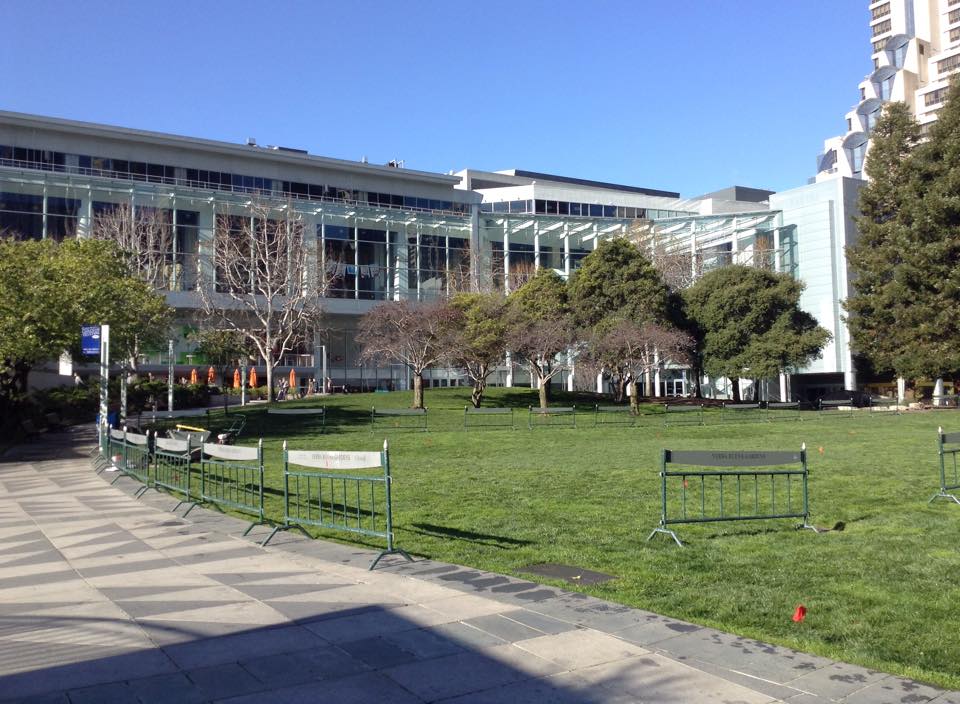Yeeeaaaahh!! Bleed 2’s Endless Mode is now out on PC, Xbox One and PS4!
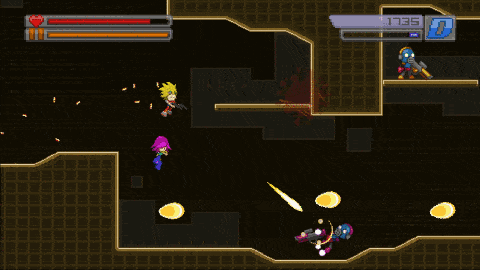
The perfect little cherry on top of the new Endless Mode is that (on PC, at least) it comes with daily challenges, too! This feature was put in very last-minute, in literally the final week of development. I had no idea what I was doing at first, but thanks to help from Vertex Pop’s Mobeen Fikree, this pastebin snippet and my dad, I managed to get it done! I thought I’d share the process of making daily runs, since I couldn’t find many resources online for this kind of thing.
Warning, this is a very wordy post. I use images to try and break it up but if you really wanna know how to do this… you gotta read!
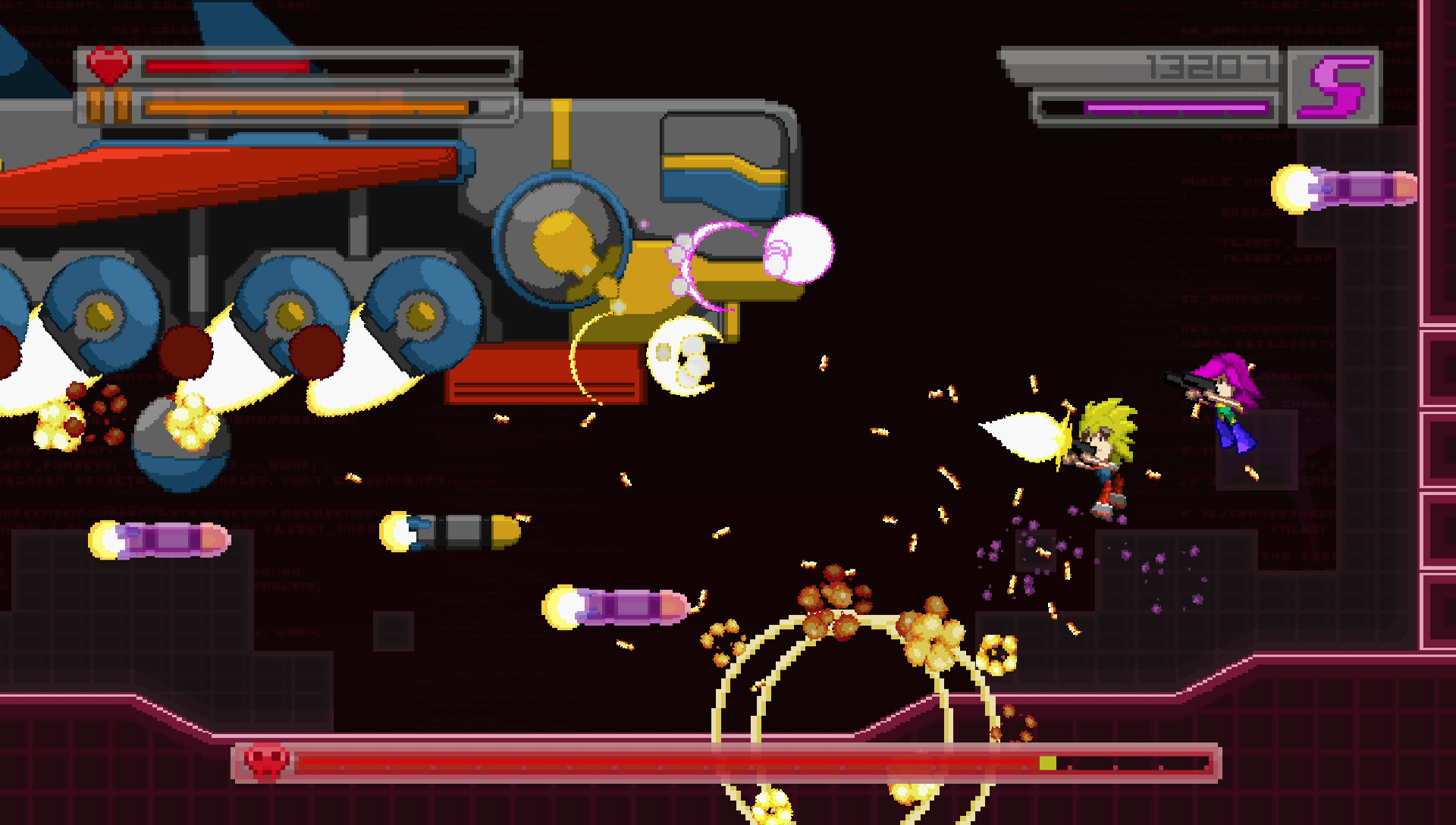
Okay, so, first challenge: how do you give everyone the same run each day? This one’s actually really easy: there’s a thing called Unix Time, which tells you the number of seconds that have passed since Jan 1, 1970 in UTC. Given that information, you can find the number of days passed since Jan 1, 1970 UTC, and that gives you a number that goes up by one, every day, at the same time, for everyone! Use that number as the seed for the level-generating RNG and bam! Good to go!

